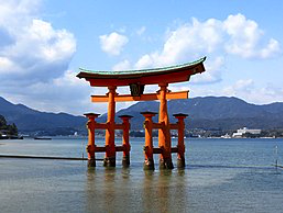The most southerly of the 4 main islands and one with a particularly interesting history. Many of the leading figures in the economic and political transformation of Japan in the 19th century came from Kyushu.
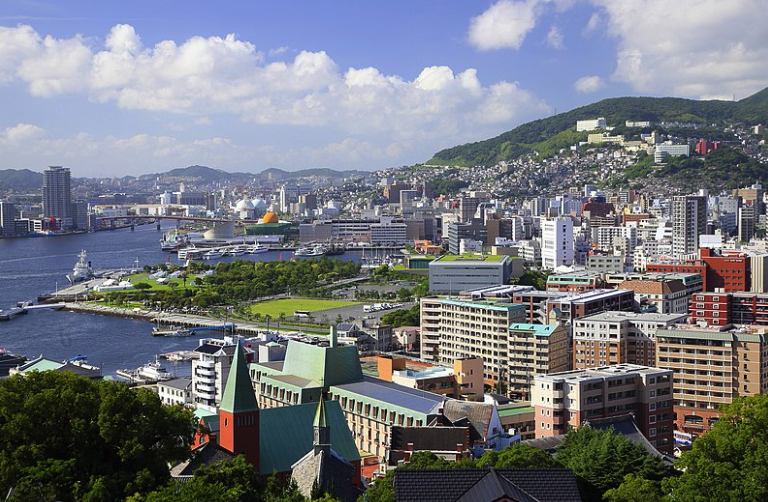
Nagasaki
The second atom bomb city and like Hiroshima now a centre for world peace. Fortunately the bomb fell to the north of the city centre which means that some of the most important elements of the cities history have been preserved. Nagasaki was historically the most international of Japanese cities with particular links to the west: it had the oldest china town in Japan and the only site where western (Dutch) merchants could trade during the long Tokugawa peace. It was also a centre for Christianity in Japan – the main World Heritage sites in the city are concerned with this Christian heritage.
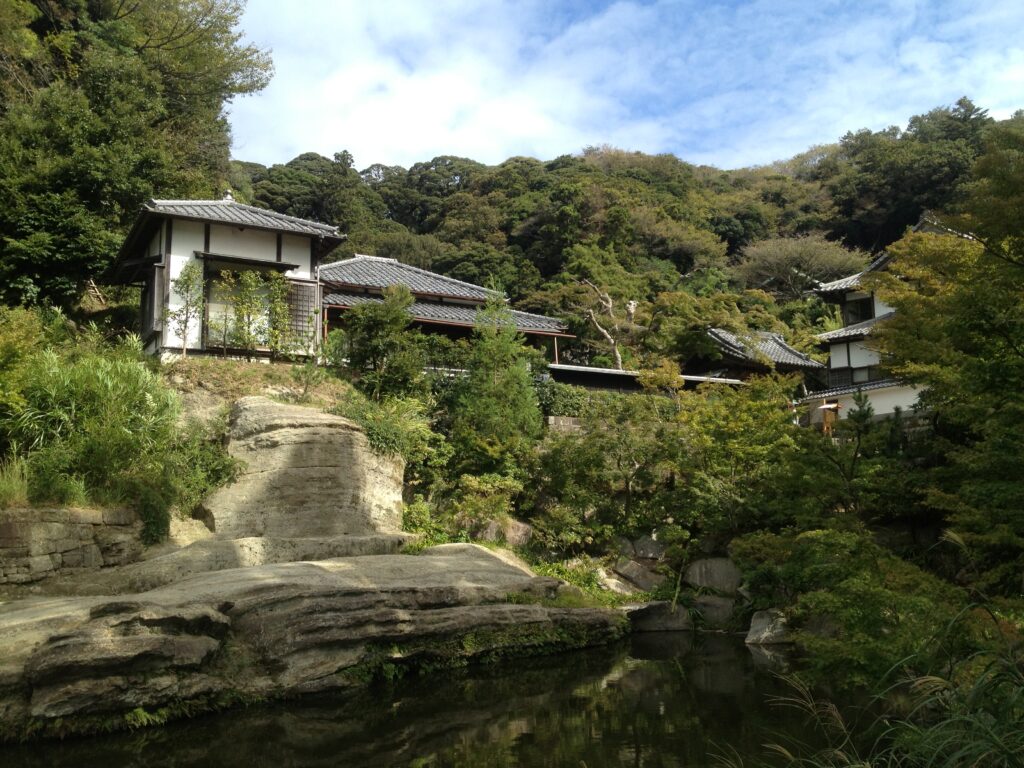
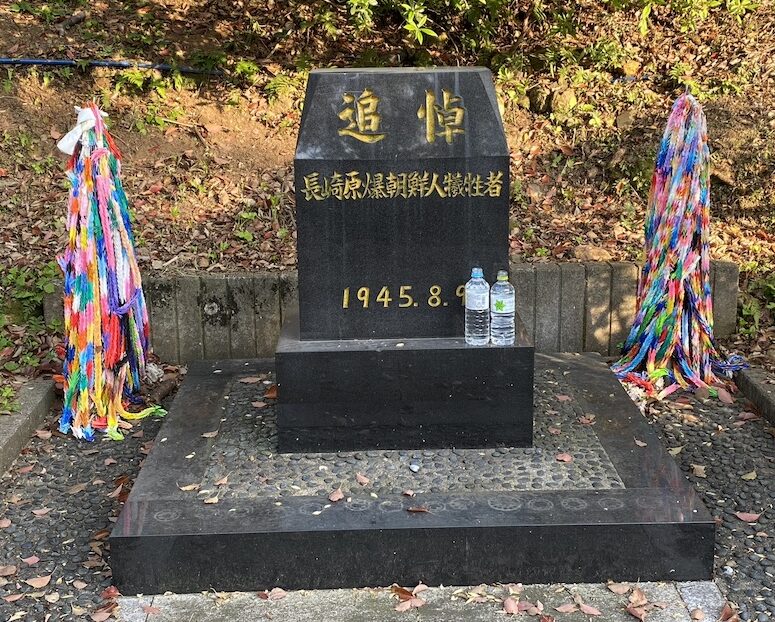
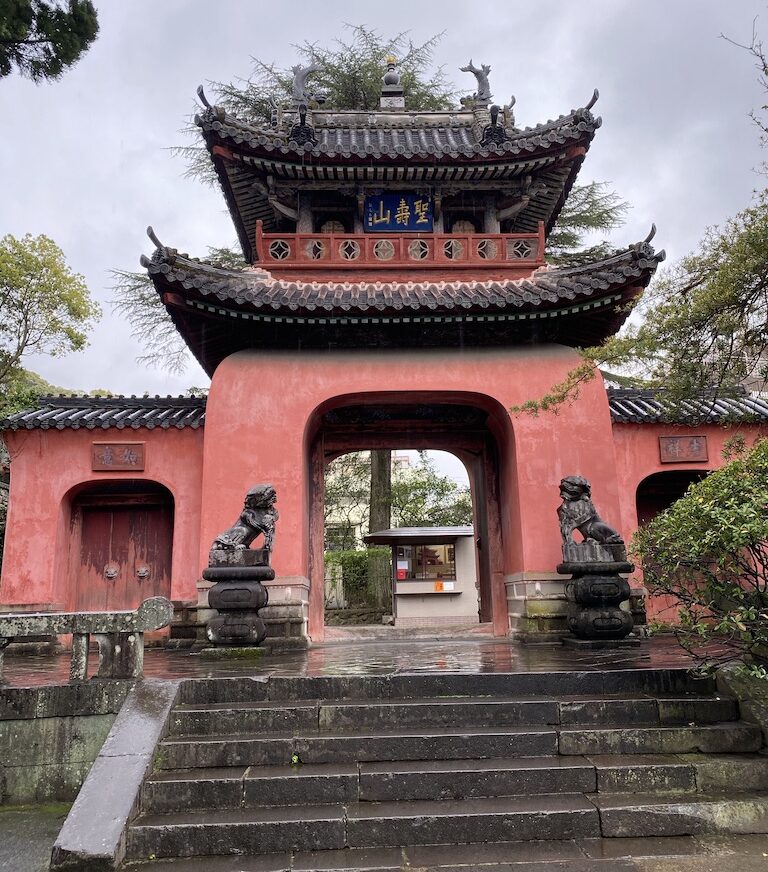
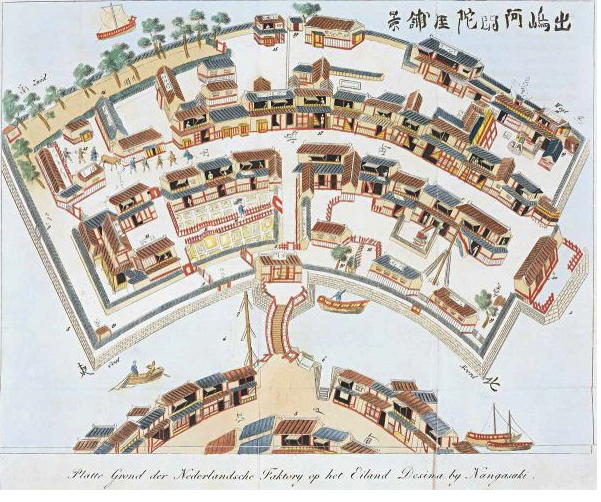
Dejima: the tiny man-made island in Nagasaki harbour where Dutch merchants were forced to live while trading in Japan – they only left the island in order to make their annual visit to Edo to meet the shogun and pay tribute. After the Christians had been expelled in the early 16th century the Dutch were the only westerners allowed to reside in Japan. The only western knowledge that came into the country came through the Dutch – thus “Dutch studies” in Japanese.
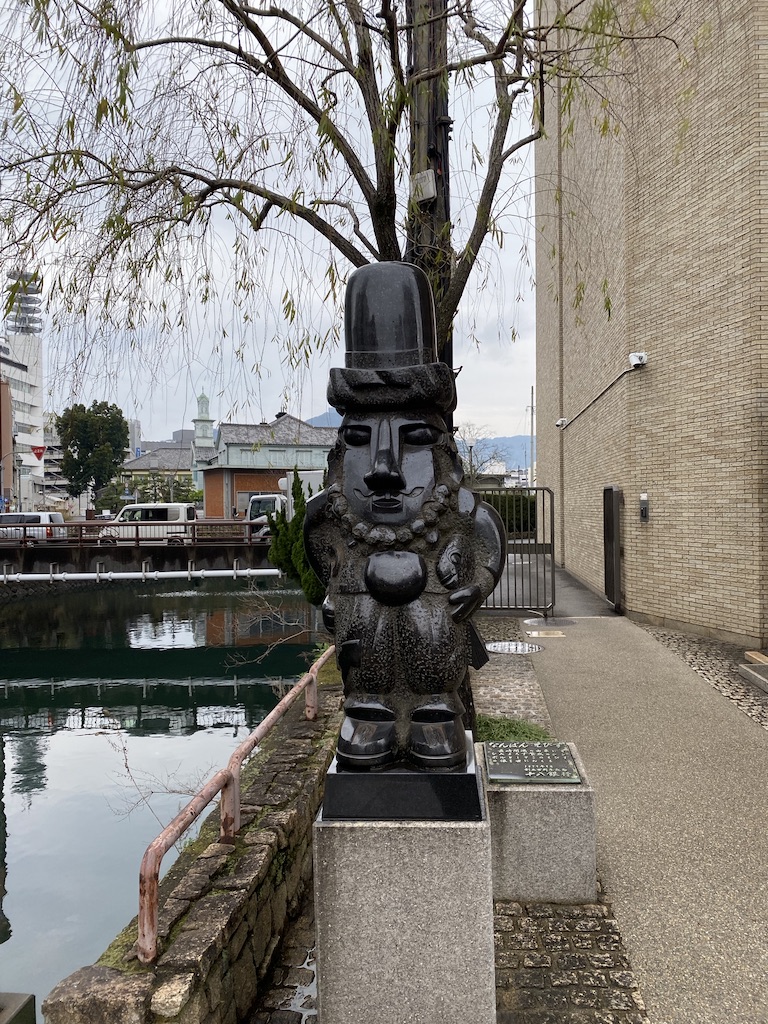
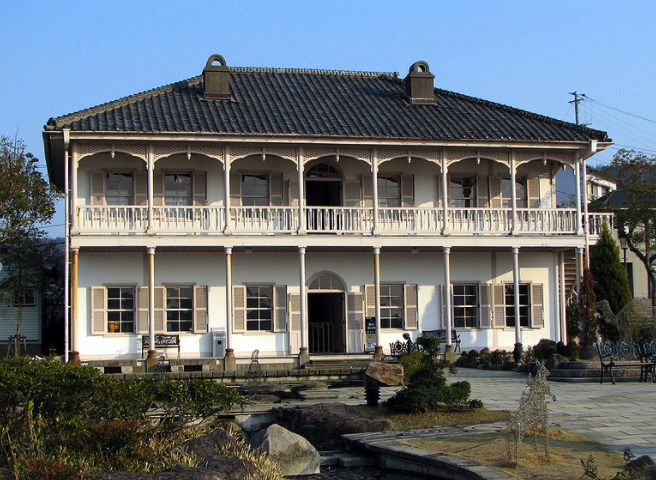
The Glover Garden
The main tourist site of the former westerners suburb of Minamiyamate in the south of Nagasaki is the Glover Garden, named after Thomas Glover, a Scottish merchant and industrialist who helped to establish the Japanese shipbuilding and coal mining industries before and after the Meiji Restoration. His life is even credited with being a source for the story of Mme Butterfly – a statue of Puccini stands in the garden.
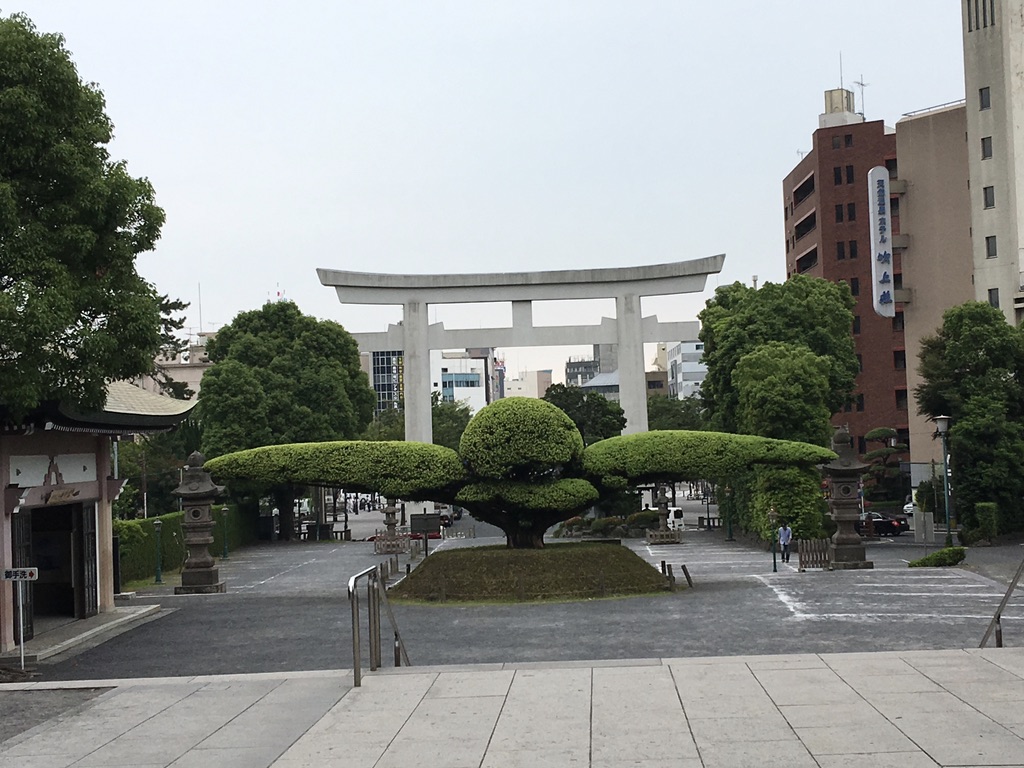
Kagoshima
The main city of southern Kyushu and gateway to the volcanic island of Sakurajima and the natural wonders of the island of Yakushima. The Satsuma clan of Kagoshima played a crucial role in the modernisation of Japan leading to the Meiji restoration in 1868 and the city is proud of this heritage and the role played by local worthies such as Saigo Takamori and Okubo Toshimichi, whose statues dominate the city centre. Satsuma even fought a short war against the might of the British navy in 1863 which has only added to the Satsuma legend.
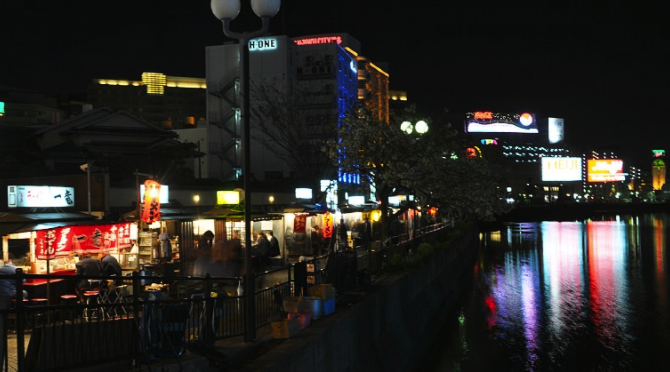
Fukuoka
Kyushu’s largest city and international gateway. Historically an important harbour city, the city is closer to Seoul than to Tokyo and today continues to provide a ferry service to Busan in Korea. Fukuoka famously resisted the Mongol invasion forces in the 13th century.
Today’s Fukuoka is the product of the fusion of two cities: the port city of Hakata and the former castle town of Fukuoka. The city has all the amenities of a medium sized Japanese city as well as Kyushu University, one of the best known of Japanese universities. The city is best known for its open air food stalls, Yatai, which are found throughout the city.
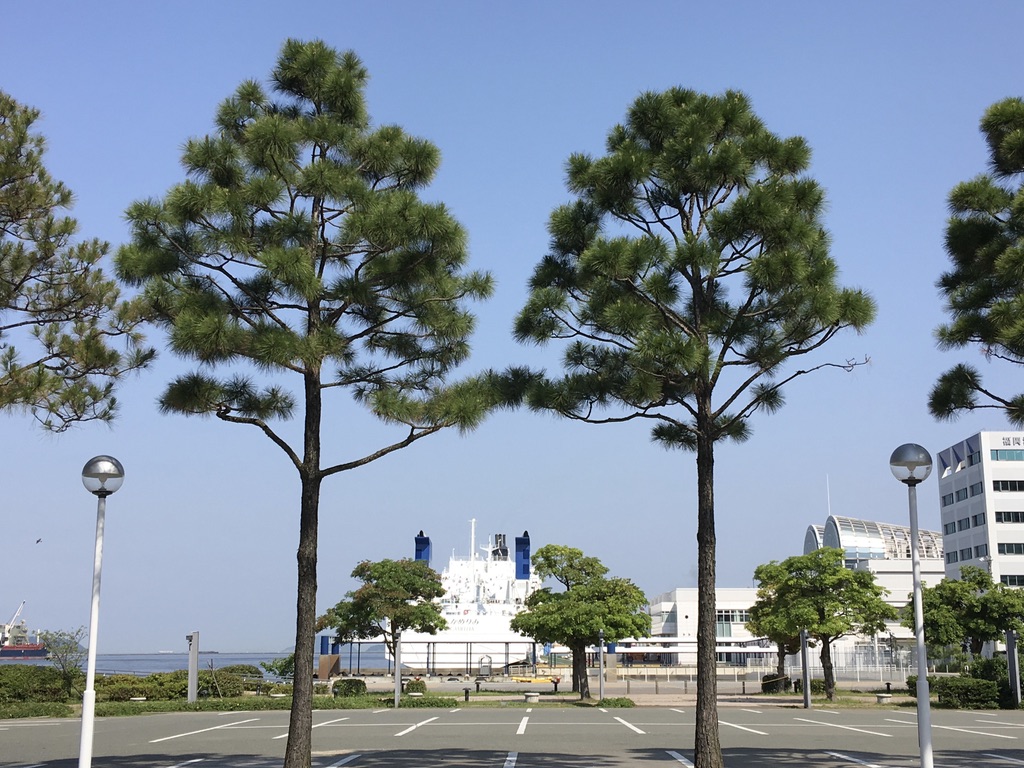
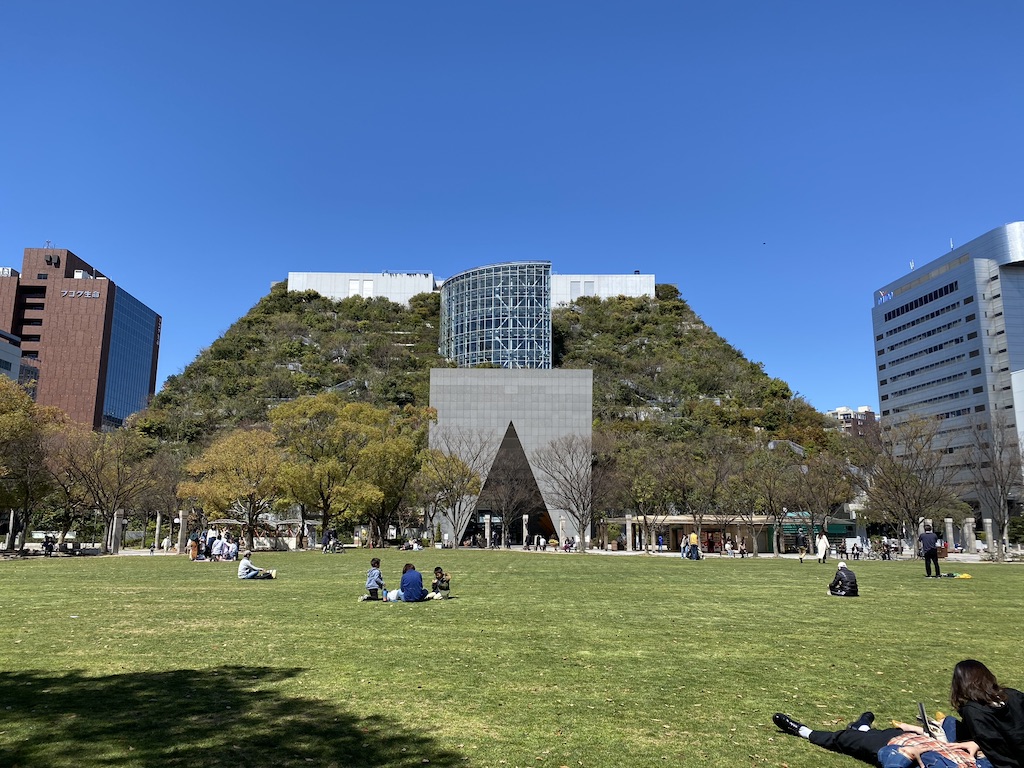
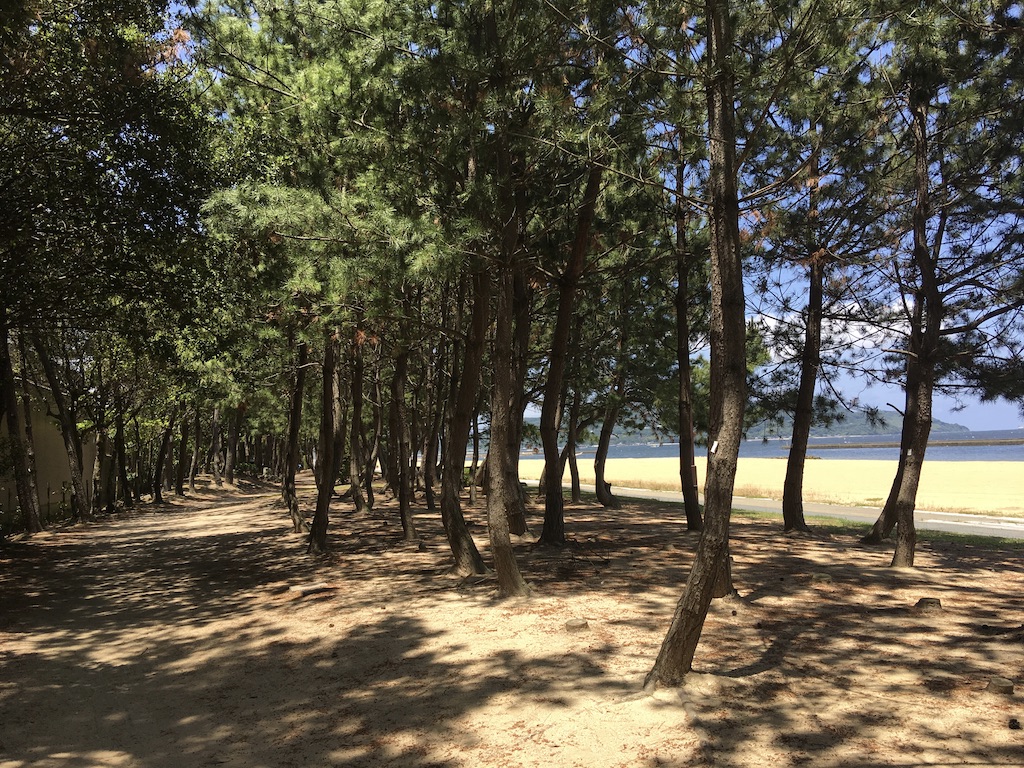
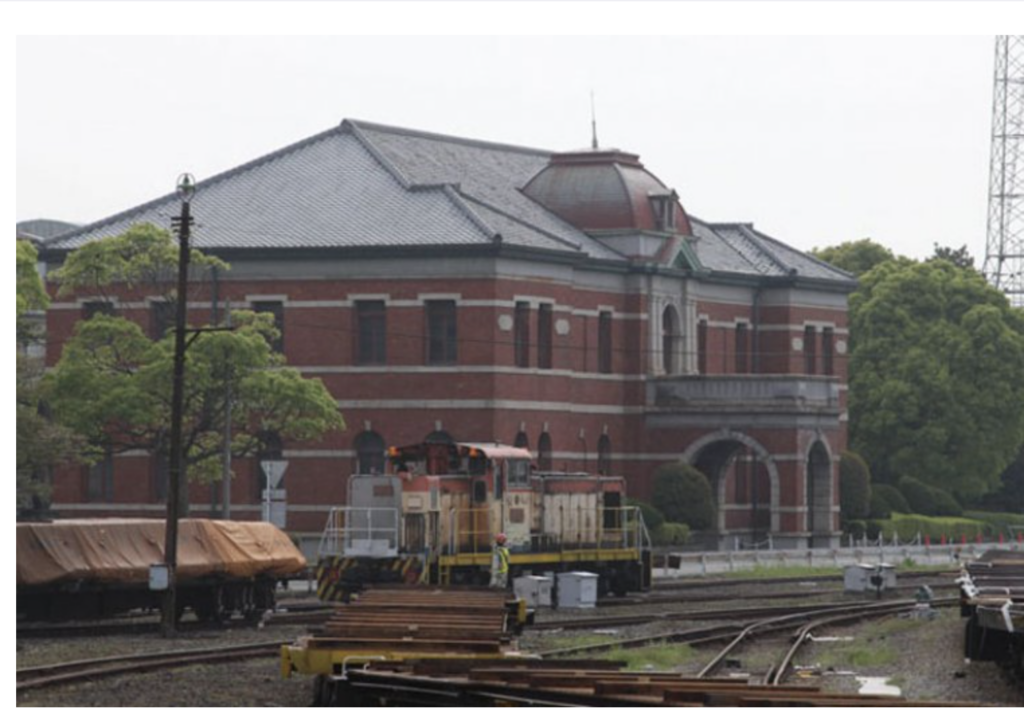
Japan’s Industrial Heritage
Japanese industrialisation is old enough to become part of a heritage industry and some of the most important sites of Japan’s early industrialisation are found on Kyushu, including coal mining and shipbuilding at Nagasaki and steel making at Kitakyushu.
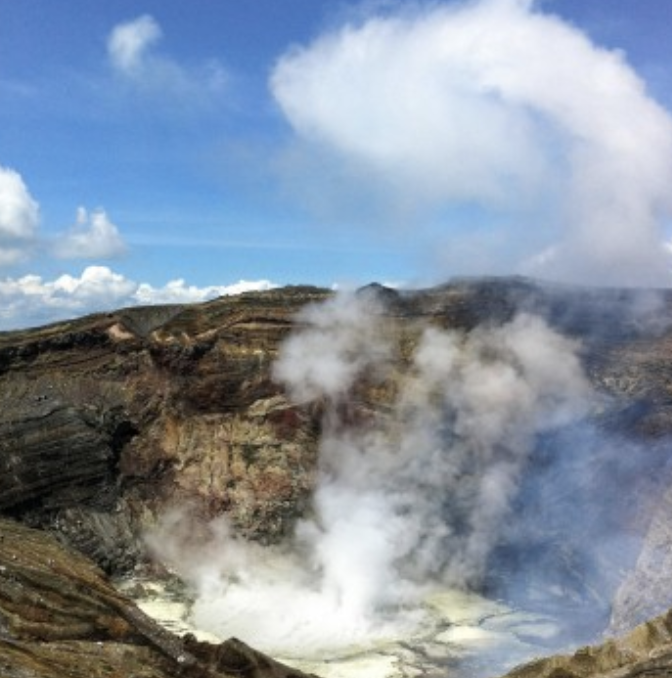
Mount Aso
Mount Aso is Kyushu’s most dominant volcano found in the centre of the island east of Kumamoto. The volcano is impressively active and the area around it often closed to visitors for precisely this reason.
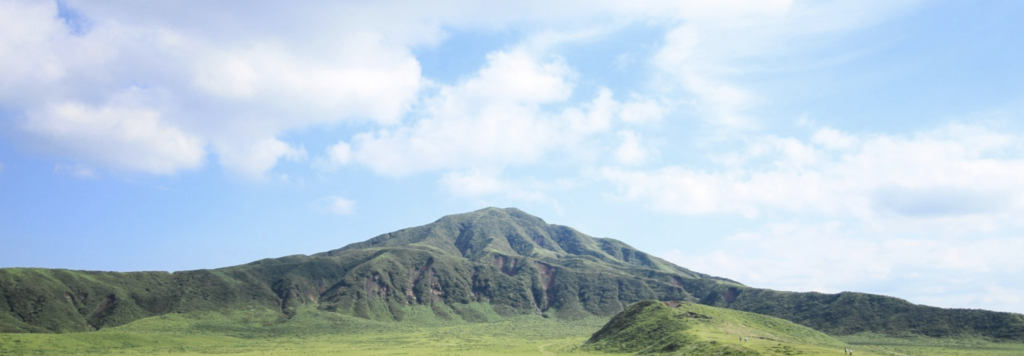
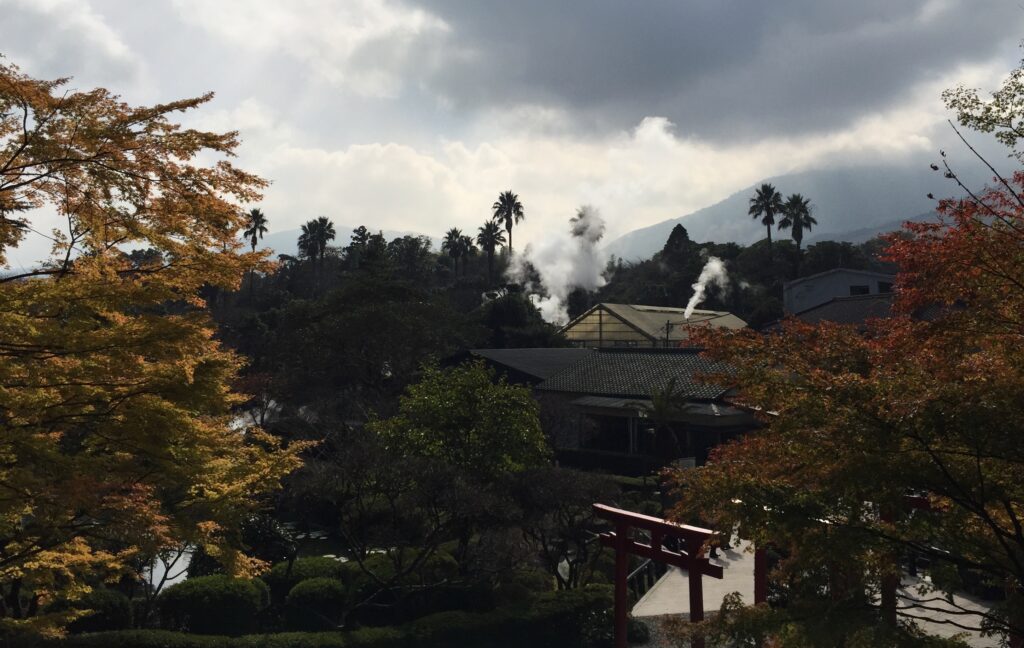
Beppu
One of the best known hot spring resorts of Kyushu as well as the home of the most international of Japanese universities, the Asia Pacific University. The town is perpetually shrouded in clouds of volcanic steam and many of the local restaurants use this source of free heat in their kitchens.
